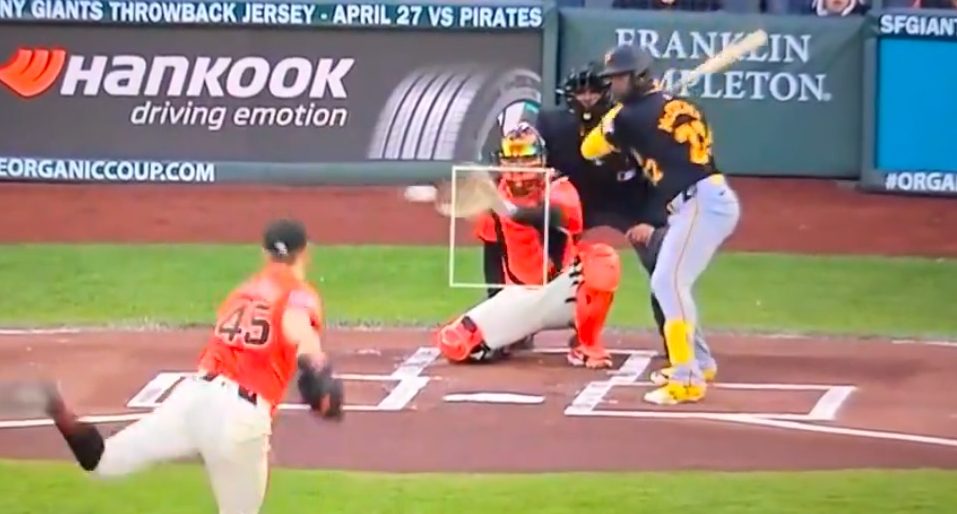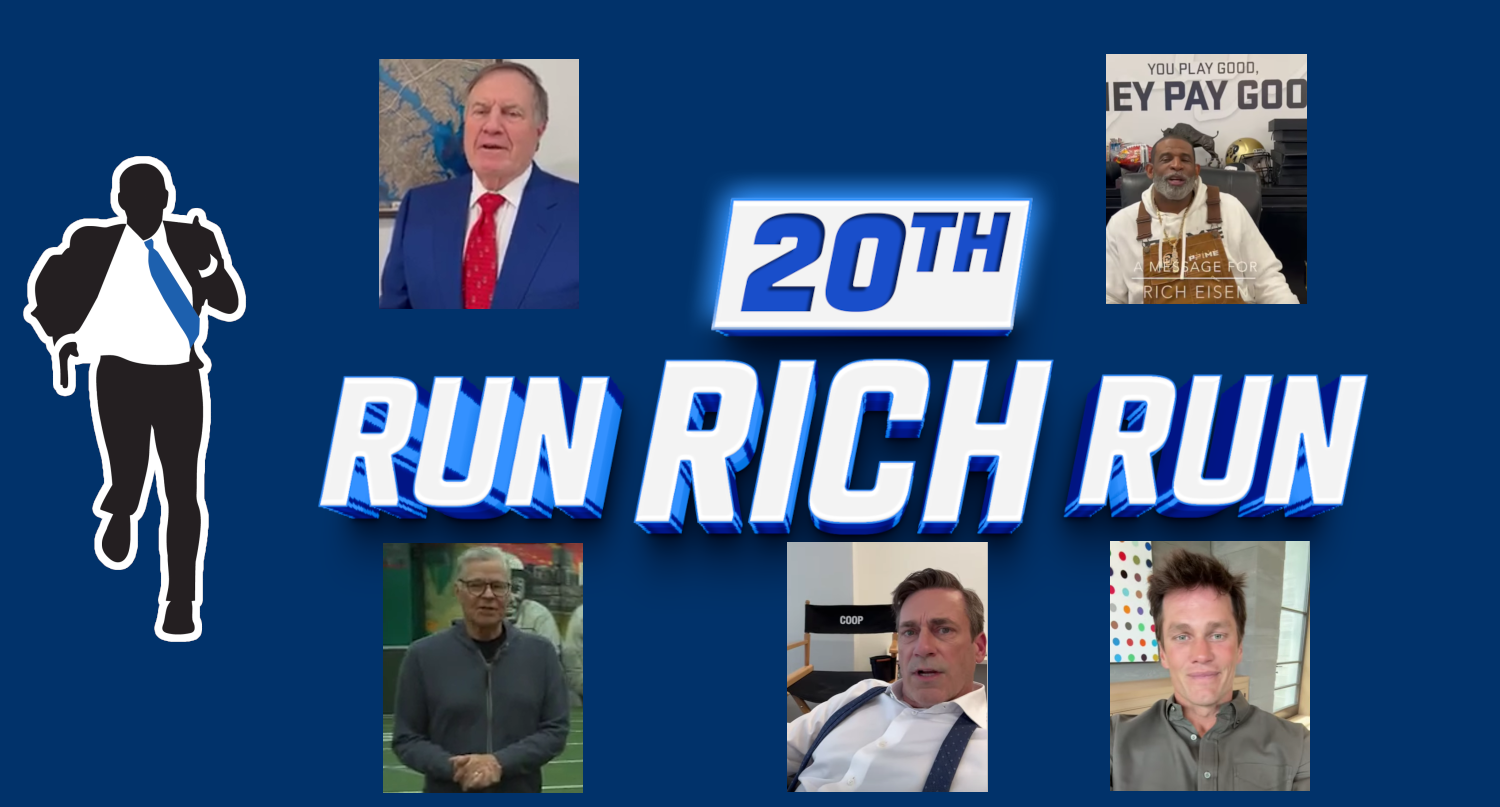The dispute around Nielsen’s plans to incorporate Amazon’s first-party data into ratings for Prime Video’s Thursday Night Football continues. Earlier this week, Nielsen announced those plans, drawing remarkably strong criticism from key executives at ESPN, Fox, CBS, and the Video Advertising Bureau (a trade group counting NBCUniversal, ESPN, Cox, Scripps, Univision, Paramount+ and many more as members).
In the wake of those early criticisms, Nielsen pushed back. On Wednesday, Nielsen CEO of audience measurement business Karthik Rao then fired back at an open letter from VAB president and CEO Sean Cunningham in particular. There, Rao called specific VAB claims about Nielsen use of Amazon data “misleading and inaccurate,” and disputed that this is something Nielsen is only offering to Amazon.
Rao said they’ve “been in discussions with many of our clients for years,” and put the responsibility for this only being implemented for Amazon at the moment on the other clients. He wrote that “Clients other than Amazon did not immediately decide to take action, but we remain hopeful that they will in light of our progress and the level of engagement from other NFL programming/advertising competitors.”
That’s a contrast to Cunningham’s initial letter, which said “A combined ask from TV sports publishers, Amazon & Google on that day [at a Nielsen-hosted Live Sports Measurement Summit earlier this year] was that Nielsen provide all attending publishers/platforms the tech requirements for sharing first party streaming data; none of our multiscreen TV members have received those yet from Nielsen.”
And after Rao’s response Wednesday, Cunningham issued a further statement taking issue with Rao’s claims. In particular, he disputed that Nielsen has had the long engagement with these other clients they claim. Here’s Cunningham’s statement in full:
It is clear that the first meaningful tops-to-tops meetings Nielsen had with TV’s four NFL publishers about Amazon first party data-driven changes to NFL currency occurred in the last few days, not months. Multiscreen TV NFL publishers urgently want to use their first-party NFL data, they have exponentially more live sports streaming hours than any other sports players, they have the majority of the NFL viewing audience and salable ad impressions; they would never choose to not collaborate on the creation of new live sports/new NFL first-party precedent standards and processes.
The changes Nielsen wants to force into NFL currency next week are greatly favoring a single NFL publisher (Amazon) with single-digit share of live sports programming, through an opaque process that essentially builds a walled garden with favorable fundamentals for Amazon in the NFL, in one of the most competitive, highly valued properties in US marketing. That’s an incredibly bad start of first-party data use in live sports.
This fight comes with significant stakes. All forms of audience measurement have their issues, including Nielsen’s, and advertisers are well aware of that. But the Nielsen numbers are still important currency for comparison purposes. That’s why Prime Video signed on with Nielsen for TNF measurement last year, and while they put out their own internal numbers in comparison as well, the Nielsen numbers still mattered (and led to Amazon compensating advertisers for lower-than-expected numbers). If Amazon gets a notable TNF ratings bump this fall (which may or may not be about these measurement changes), that’s more money for them (and less, if any, compensation for advertisers).
But this isn’t just a two-way issue between Amazon and advertisers. And that’s why these other executives are weighing in and are weighing in in such unusually-strong and not particularly diplomatic terms. For one thing, if the Prime Video numbers get closer to the linear NFL broadcast numbers, those linear NFL broadcasts lose some of their uniqueness for advertisers.
And those linear broadcasts are incredibly important at the moment. The NFL had 82 of the top 100 TV broadcasts last year, a huge jump from 56 in 2016, and may go even higher this year with new fall TV non-sports programming significantly reduced thanks to writers’ and actors’ strikes. John Bogusz, CBS Sports’ executive vice president (advertising), said on a conference call this week that their regular-season inventory is 85 percent sold, ahead of last year at this time, and their Super Bowl inventory is 90 percent sold, saying “Sports continues to hold up extremely, extremely well.”
But the Prime Video NFL broadcasts are a notable competitor to the linear networks for advertisers looking to be in on the NFL. And that may especially matter with Amazon planning to roll out features enabled by their broadcasts being digital rather than linear, such as more targeted ads. And if the Amazon numbers continue to get better, that’s a boost to them and a blow to the competition. (It would be a nice boost for the overall NFL, though, which is a factor not to be dismissed in this.)
One further thing to consider is that the other NFL broadcasters all have some streaming offerings of their broadcasts as well. NFL broadcasters CBS and NBC offer their local affiliates’ NFL games through their paid over-the-top streaming services Paramount+ and Peacock. ESPN and ABC parent Disney is not fully there yet, with their planned full linear over-the-top version of ESPN still years away, but they’ll have a dozen NFL games on ESPN+ this year (the most to date, including an exclusive international game in Week 4). And Fox doesn’t plan to offer an over-the-top streaming service any time soon, but their games still have pay-TV authentication streaming through their app (also offered by those other networks).
Thus, every other NFL broadcaster could theoretically benefit from Nielsen incorporation of internal streaming numbers. And that’s probably how this is going to wind up at some point; even Cunningham’s initial VAB letter to Rao talked about how his clients want that, saying “all of our NFL programmers have great enthusiasm for a first-party data driven future-done the right way.”
For the moment, though, it looks like this is coming just for Amazon. And while Nielsen, the VAB, and the networks disagree on whose fault it is that this is happening just for Prime Video, that looks to be the most likely outcome for now. But it will be fascinating to see how these numbers turn out when Thursday Night Football starts on Sept. 14. And if there is in fact a major year-over-year jump, it will be interesting to see how the VAB and network executives react to that.
[TheVAB.com; image from a 2019 Cunningham interview on Beet.tv]







